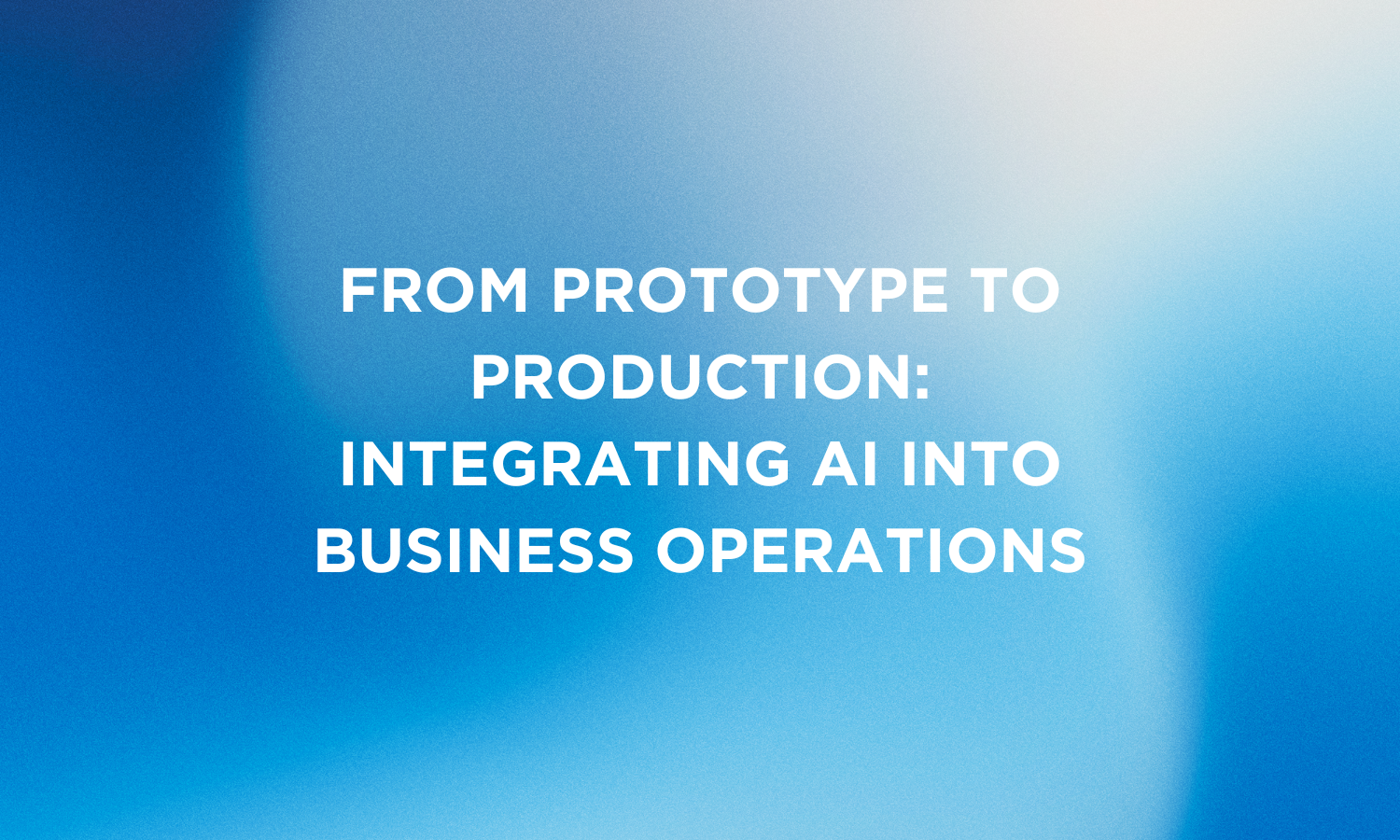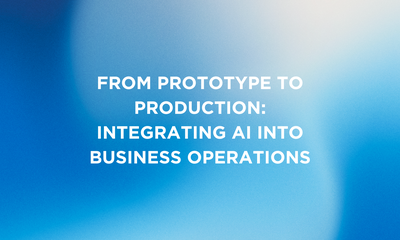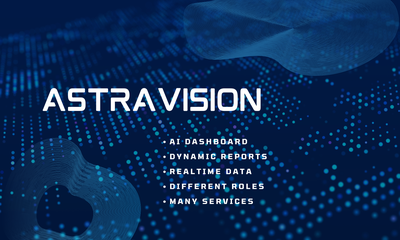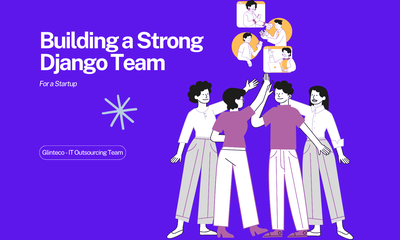From Prototype to Production: Integrating AI into Business Operations
By khoanc, at: Aug. 13, 2025, 8:52 p.m.
Estimated Reading Time: __READING_TIME__ minutes


The Challenge
Many startups nail the prototype - maybe a slick Jupyter notebook that makes accurate predictions - but get stuck when trying to turn it into a live feature or workflow. That’s where MLOps (Machine Learning Operations) becomes your crossroad: deploying and maintaining AI is no small feat.
Small businesses often rely on legacy systems or CRMs that just weren’t built to process AI outputs. Integrating new AI modules can mean extensive refactoring, or even building new infrastructure. Then there’s production: once live, the model could lag, crash, or suffer from model drift in performance, resulting in disappointing real-world behavior.
Too often, promising AI projects stall getting trapped in the lab instead of creating actual business value (Deloitte AI Survey).
The Smart Solution
You don’t need to build your own AI pipeline from scratch. Smart startups adopt tools and practices that bring software engineering rigor to AI.
-
Cloud MLOps Platforms: Services like AWS SageMaker, Google Cloud Vertex AI, or Azure Machine Learning let you deploy your Python models as APIs, handle auto-scaling, and monitor performance out of the box.
-
Containerization & CI/CD: Tools like Docker and MLflow ensure the same model runs consistently from your machine to the cloud while CI/CD pipelines automate model updates (GitLab CI/CD for ML).
-
Cloud Infrastructure: You can start with free tiers or small instances, wrap your model in FastAPI or Flask, and deploy it quickly with built-in logging, health checks, and version control.
A great real-world example: Katonic.ai, a Sydney-based MLOps platform, shifted from managing its own infrastructure to fully leveraging Google Cloud tools like Vertex AI and GKE. This change accelerated delivery cycles from monthly to bi-weekly and slashed infrastructure costs by 70% proving rapid, scalable production-grade AI integration is possible even for emerging startups.
Another local success is Restoke, a Melbourne startup whose AI-powered platform integrates with existing restaurant systems to automate cost control, inventory, and forecasting. Their users have seen savings of up to $8,000 per week, all while the platform smoothly fits into existing workflows.
Pros & Cons
| Pros | Cons |
|---|---|
| Faster Deployment: Leverage pre-built pipelines to go live in hours instead of weeks (AWS Deployment Case Study). | Recurring Costs: Cloud usage is pay-as-you-go; inefficiencies can lead to unexpectedly high bills (Gartner Cloud Cost Report). |
| Scalability & Reliability: Seamlessly handle spikes in traffic with managed autoscaling and monitoring (Google Cloud Autoscaling). | Vendor Lock-In: Deep dependency on one provider can make migration difficult (IBM on Multi-Cloud Strategies). |
| Lower Ops Burden: No more provisioning servers; focus on solving business problems (Microsoft Azure Cost Savings Report). | Security & Privacy Risks: Hosting sensitive data in the cloud requires careful safeguards (OAIC – Australia Privacy Guidelines). |
Tailoring for SMEs & Startups
Here’s a lean, iterative playbook for AI integration:
-
Start Lightweight: Wrap your prototype in a Flask or FastAPI server. Deploy it on a free tier cloud or small VM to test the waters (DigitalOcean Free Trial).
-
Observe and Iterate: Monitor latency, error rates, and user feedback. Use tools like Evidently AI to watch for model drift.
-
Containerize for Reproducibility: Use Docker and MLflow for consistent environments and model tracking.
-
Gradually Elevate: Add automated retraining, alerting, and retraining mechanisms when performance drops (AWS Model Monitoring).
-
Document the Pipeline: Even a simple workflow guide (e.g., “Notebook → API → Docker → Deploy”) helps when teams scale or change.
-
Schedule Maintenance: Periodically revisit your model’s accuracy, reevaluate dependencies, and refresh training with new data.
Why It Matters
The hardest part of AI isn’t building a model, it’s operationalizing it so it works reliably, securely, and scalably (McKinsey AI at Scale Report). Whether you’re a founder in Brisbane or a product manager in Canberra, leveraging cloud MLOps tools and agile workflows helps you turn AI prototypes into living parts of your business.
And if managing that transition feels daunting, Glinteco can help. We specialize in building scalable AI pipelines, integrating models into live operations, and mentoring your team so you can deliver impact, not infrastructure.





